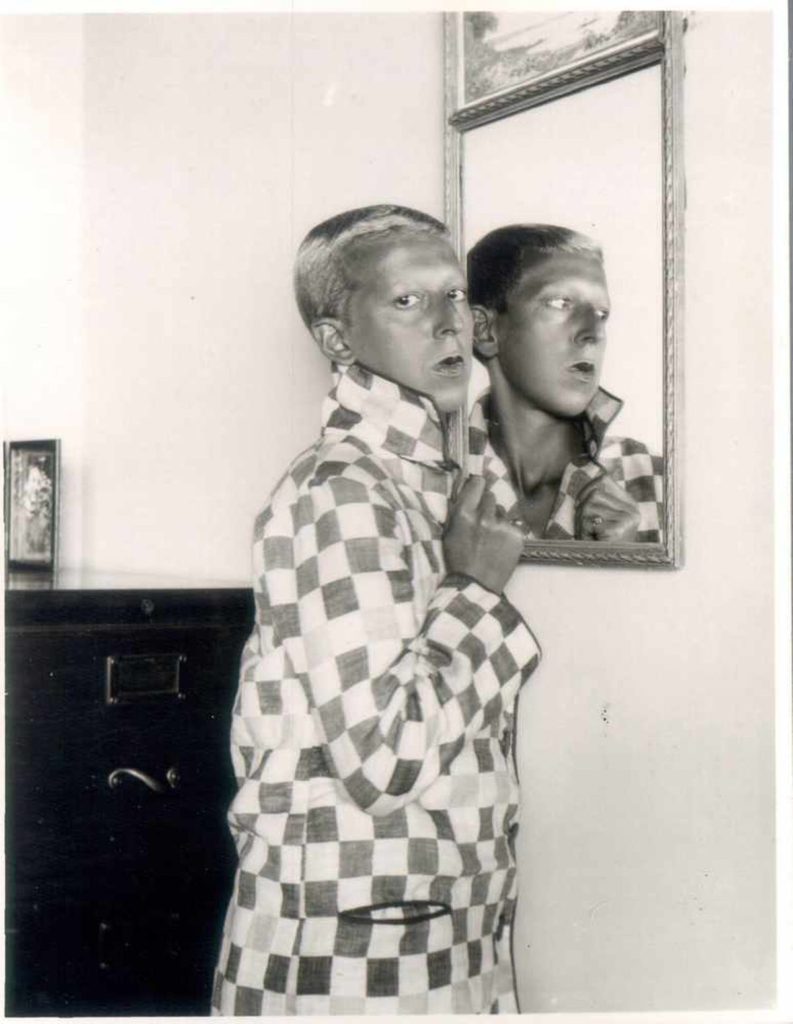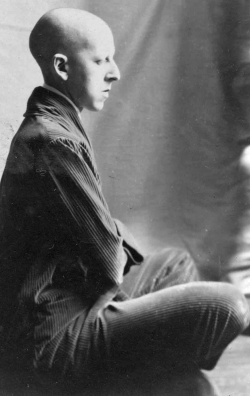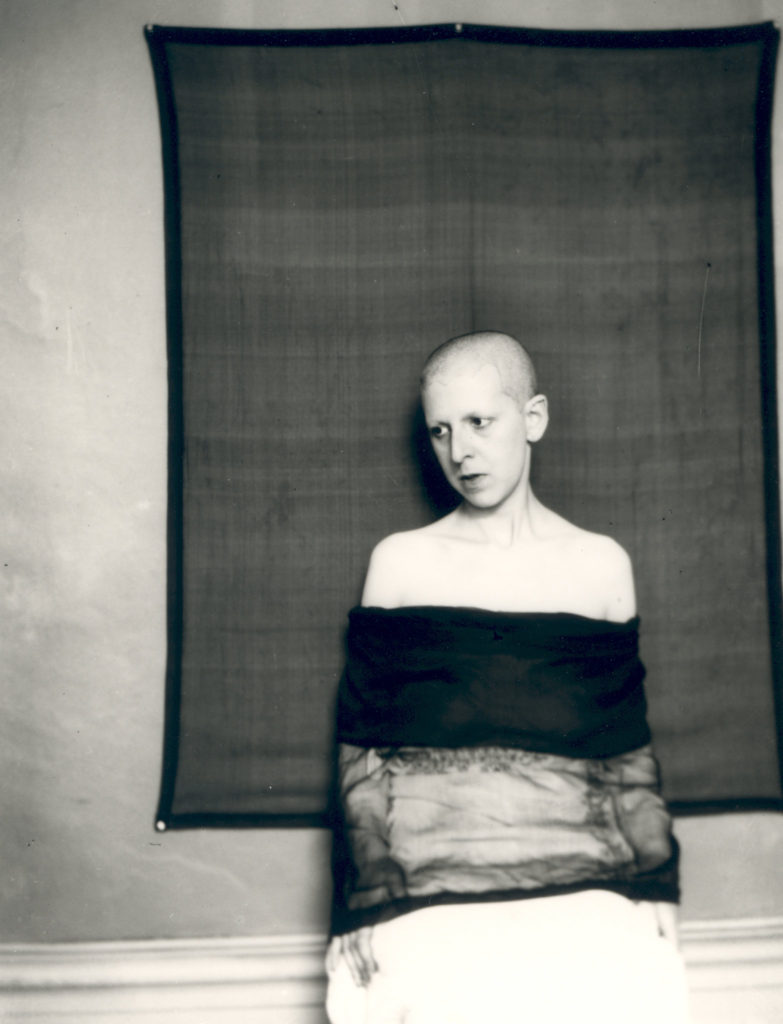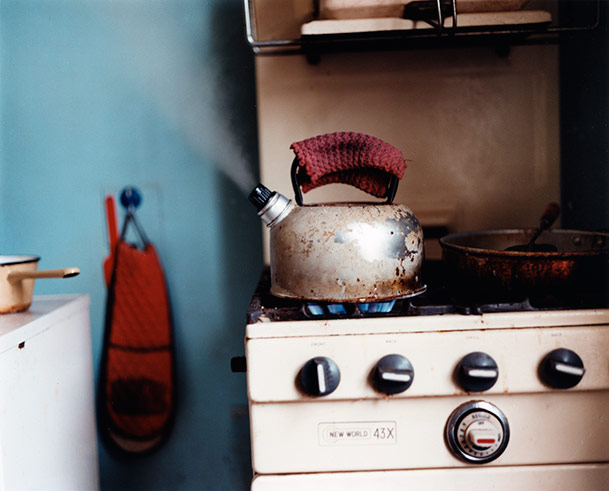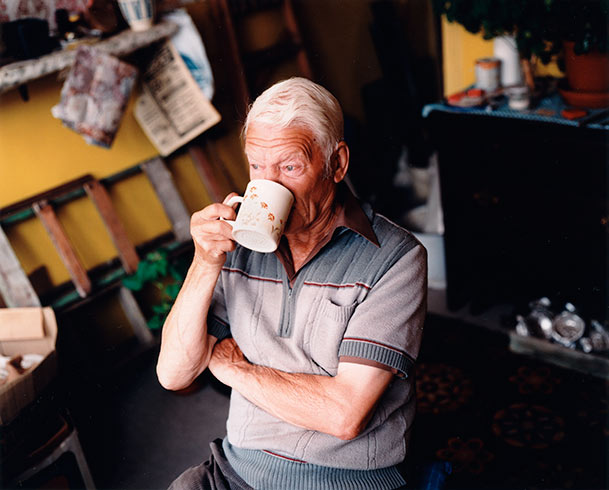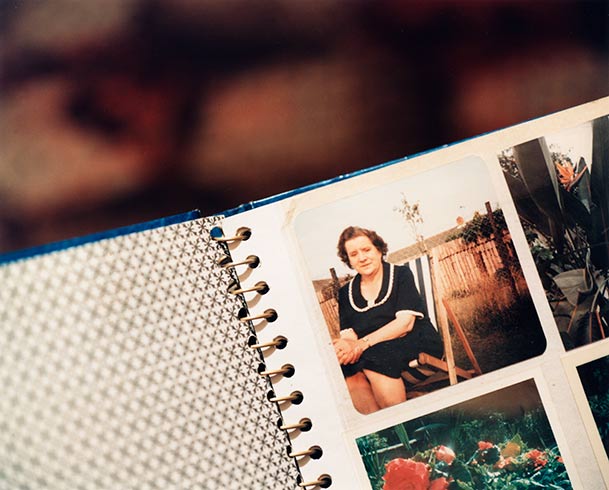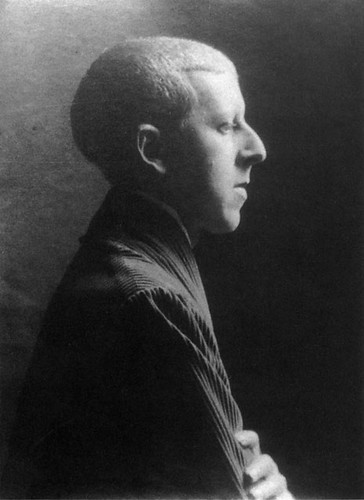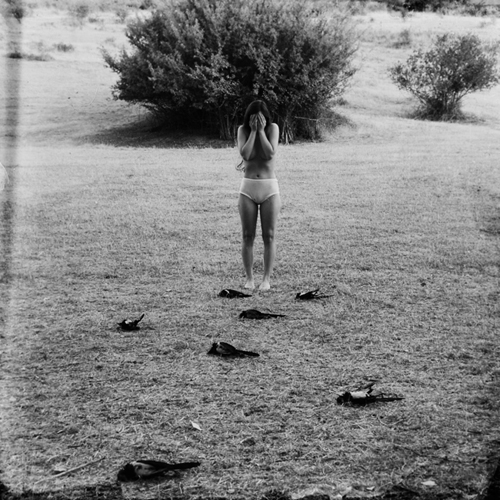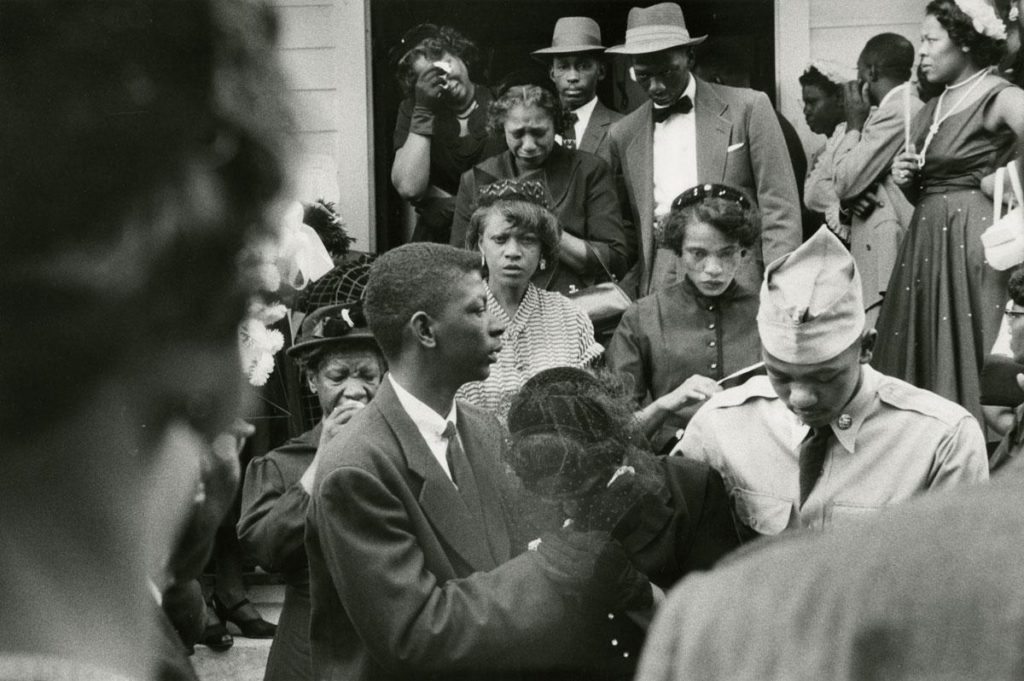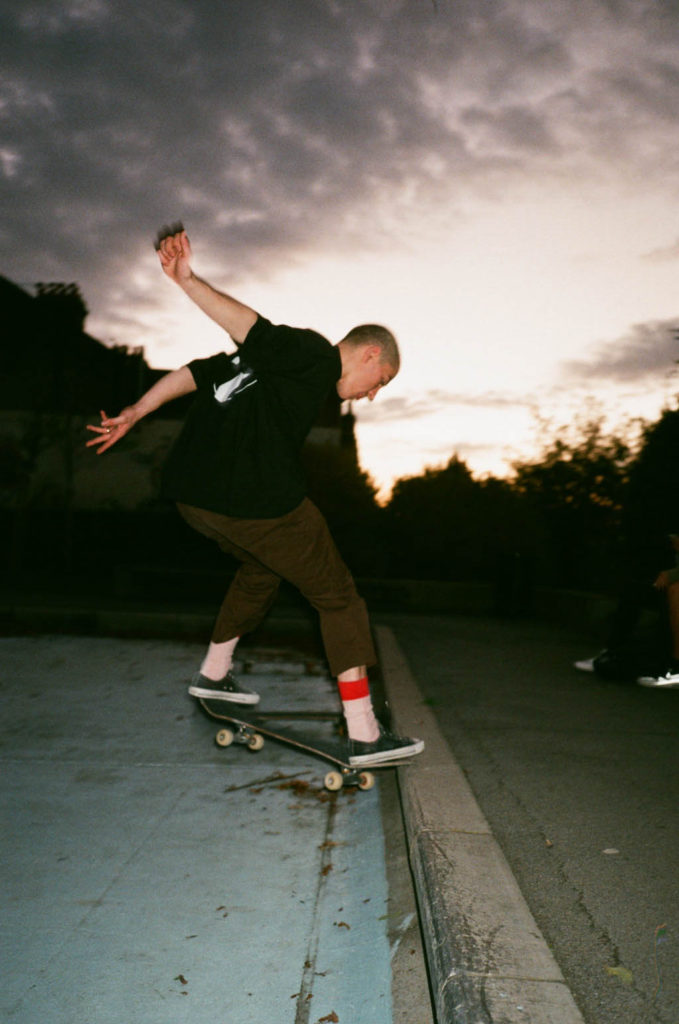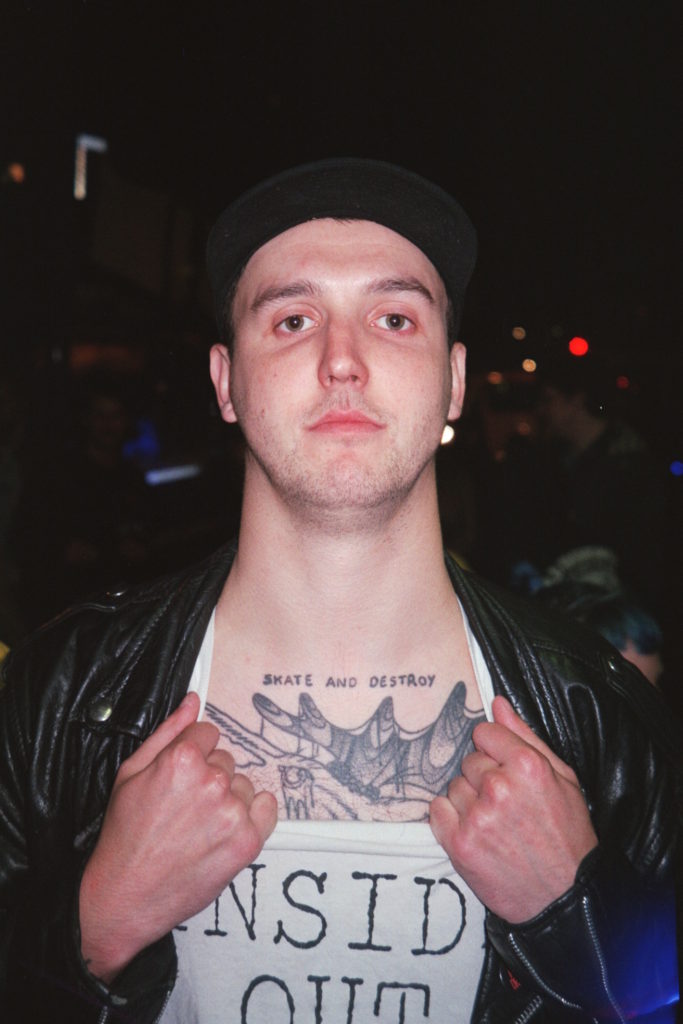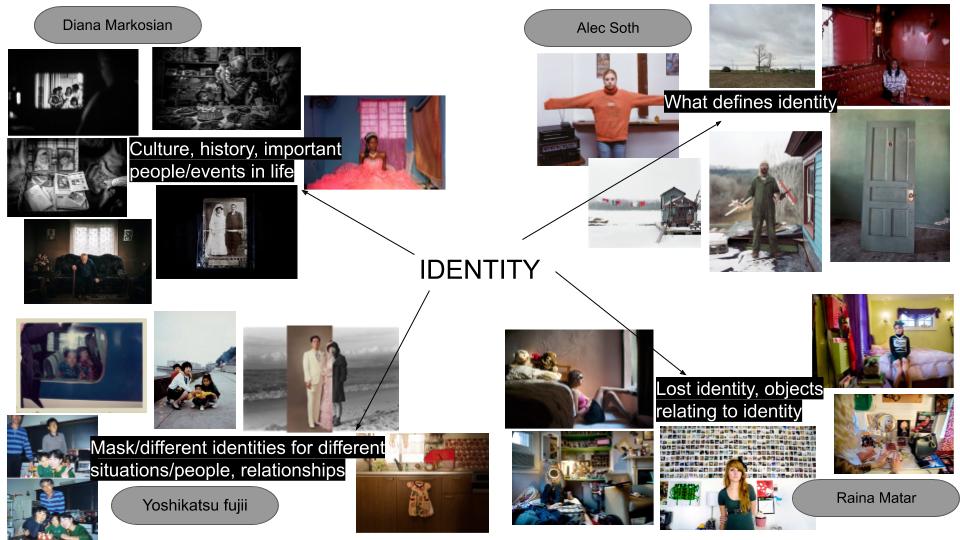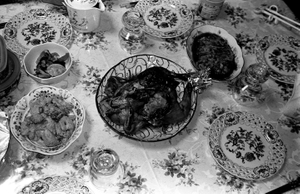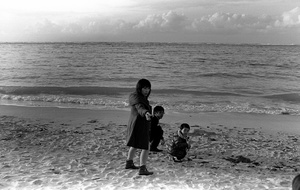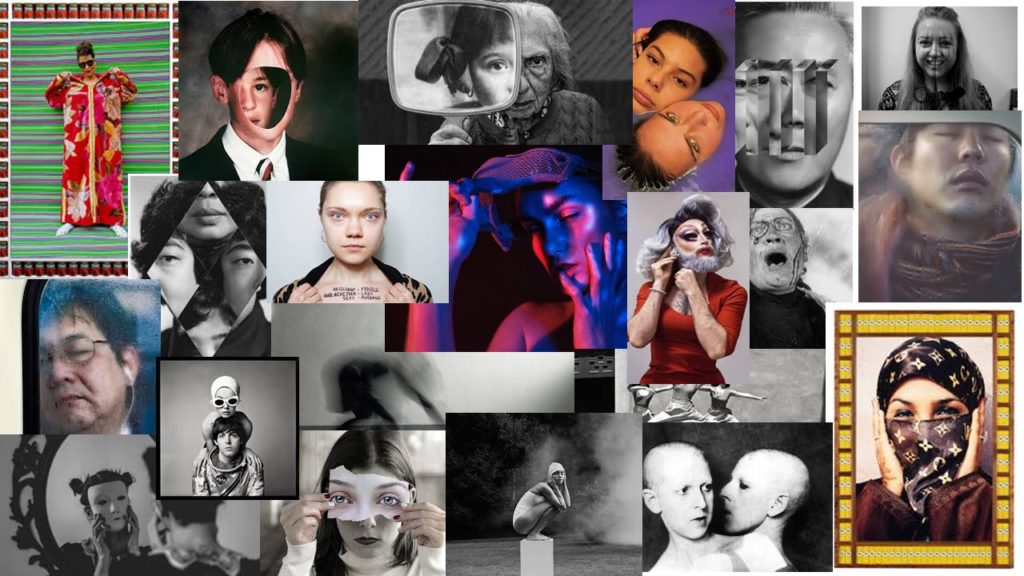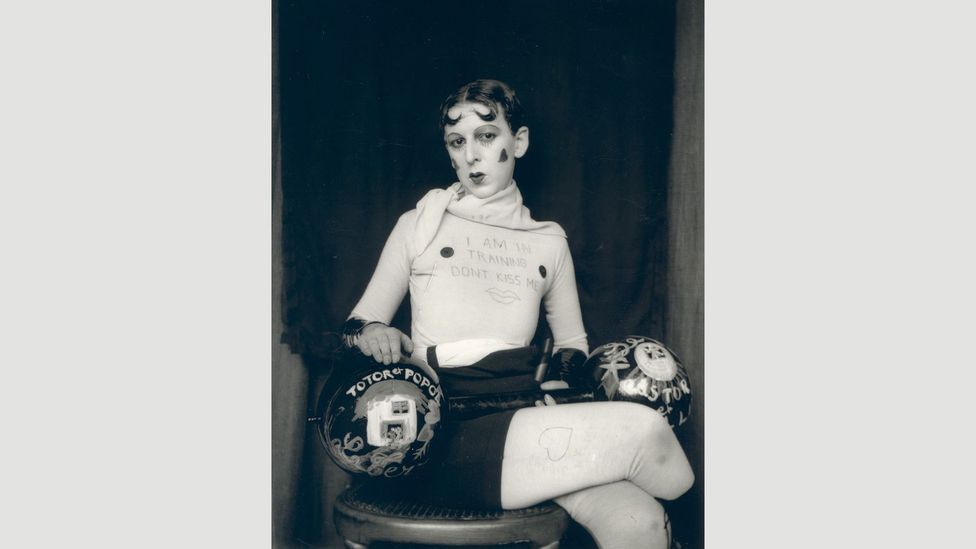Claude Cahun
Claude Cahun (1894-1954) was a French surrealist photographer known for her highly staged self-portraits exploring gender and identity. Cahun experimented with photographing herself in clothing that was not conventionally feminine or masculine, she was born ‘Lucy Renee Mathilde Schwob’ and in 1919 chose the pseudonym Claude Cahun as it was more sexually ambiguous. In 1937 Cahun settled in Jersey, disguised as a non-Jew, and during WW2, being passionately against war, produced anti-German fliers and placed them in soldier’s pockets secretly. It is clear that Cahun’s beliefs undermined the authority and society at the time as she went out of her way to disrupt ‘normality’ in her images. Additionally, Cahun’s androgynous appearance reflects her views on how identity and gender are just ideas formed by society, not set rules everyone needs to follow. Many of Cahun’s works can be found in The Museum of Modern Art in New York, the Museum of Fine Arts in Boston and the San Francisco Museum of Modern Art, along with many others.
Julian Germain
Julian Germain is a British photographer who studied photography at The Royal College of Art in London. Germain’s project ‘for every minute you are angry you lose 60 seconds of happiness’ is a series of photographs made over 8 years of the quiet, contemplative existence of Charles Snelling, an elderly man living alone in a small house in Portsmouth, shown alongside pages from Snelling’s own photo albums. Germain met Snelling in 1992, he describes how his subject lived in a very unique house full of colours like orange and yellow- it was unlike anything he’d seen before. I really love this particular project of Germain’s because of it’s beautiful message depicting how the most important things in life cost nothing at all, he wanted to show people with a profound understanding of who they are and what they stand for, something that cuts across all cultures. I believe this holds a strong link to ‘identity’ as Germain captures the individuality of his subject in an environment important to him. This project really stood out to me when deciding on initial ideas because of it’s close link to family also, I hope to take images of a similar standard in my study.
Image Comparison
Although Cahun and Germain’s style of photography does not focus on the same concept of identity, these 2 images hold many visual and technical similarities. For example, the composition of each image is extremely similar as both subject’s are looking away from the camera with their bodies angled side-on to the lens. In Germain’s image, this may symbolise his subject’s bright view on the world, as if he is looking out of a window and seeing it’s beauty, furthered by his smiling facial expression. However, in Cahun’s image this composition creates a more closed-off atmosphere, suggesting Cahun has a more negative view on the world and on society. In addition, both images seem to have similar lighting coming from the right of the photo, which creates the main highlights on the front of the subject’s face. This lighting also produces similar shadows in the images, falling behind the subject’s neck and across the left side of their face. Nevertheless, it is clear that Cahun has used a more harsh artificial lighting and that Germain has made use of natural sunlight through a window to capture these images. This sharp lighting in Cahun’s image initiates a more intense dramatic atmosphere whereas Germain’s creates a soft cheerful mood. Another difference between these images are the photographer’s choice of background. Cahun is positioned in front of a dark blank background, possibly symbolising their views on how society’s minds are blank to new ideas and beliefs revolving gender and identity. Contrastingly, Germain’s subject is stood in front of a highly patterned background. The repetition in the wallpaper could suggest the subject has a large family, with the repeated shapes representing family members like a family tree. Furthermore, both of the image’s subjects have similar facial features. Cahun portrays themself with conventionally masculine attributes, such as short hair, in order to disrupt gender norms and go against what society expects. Germain’s masculine subject has a very similar hairline to Cahun, showing that certain facial features or hairstyles are not reserved for a certain gender.


